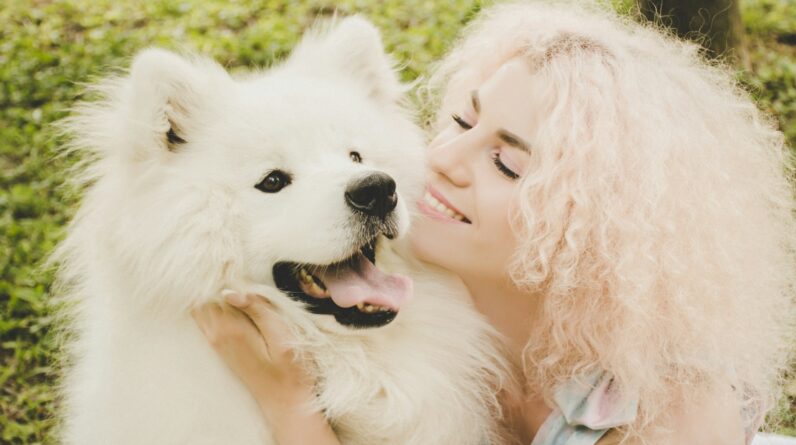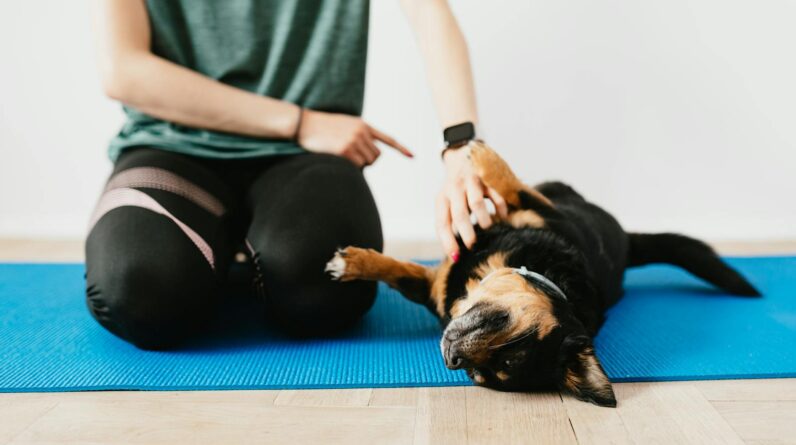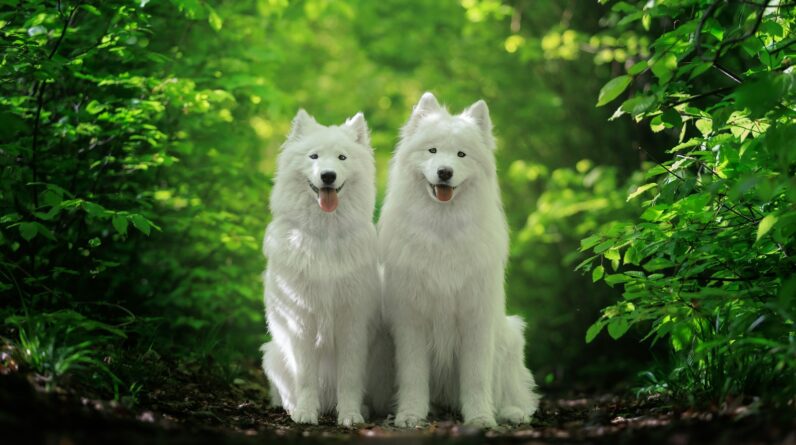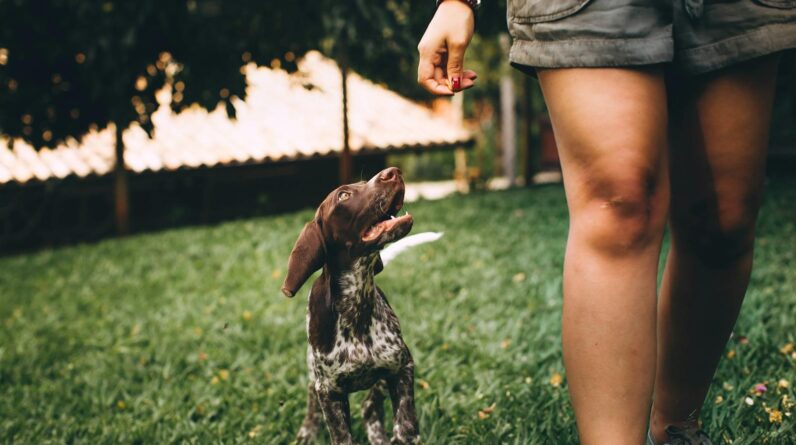
Super Cool Ways to Train Your Dog
Hey there! Do you have a dog? Awesome! Dogs are the best pals ever, right? But sometimes they can be a bit wild or not listen to you. That’s okay! Training your dog can turn that around, and I’m here to help you with some neat tricks to make it happen. You don’t need to be a dog wizard to do this – just a loving dog owner.
Get Those Treats Ready!
First off, let’s talk about treats. Dogs love treats like kids love candy. It’s a super simple way to let your dog know they’re doing something great. When your dog does something you’ve asked or acts really nice, give them a treat. It’s like saying “Good job!” but in dog language. But, remember, don’t give them too many or they might get a tummy ache or not want their regular food anymore.
Play the Name Game
You probably love when your dog comes running to you when you call them, right? Well, make sure to say their name a lot and when they look at you or come over, you guessed it, give them a treat! Soon enough, they’ll hear their name and come zooming over because they know something good is coming their way. Cool, huh?
Short and Fun Wins the Race
Imagine having to sit in class all day – boring! Well, dogs think super long training sessions are boring too. Keep training time short, like just a few minutes, and super fun. This way, your dog will be like, “Yes! It’s playtime with my human!” and not, “Oh no, not this again…” And guess what? You can do these little training games a few times every day. It’s like snack-sized learning!
The Magic of a Happy Voice
Okay, so you know when you’re feeling sad and someone uses a kind, happy voice to cheer you up? Dogs feel the same! When you’re training your dog, use your happiest, sunniest voice. It makes everything nicer, and your dog will want to keep listening. And if they make a mistake, no big deal. Just keep it chill and try again. No need to get all grouchy with them.
Teach Them Cool Tricks
Now, for the super fun stuff: tricks! Start with something easy like ‘sit’ or ‘paw’. It’s like teaching your friend a secret handshake. Once they get one trick down, you can move on to other fun stuff, like ‘roll over’ or ‘play dead’. Each time they get it right, yup, they earn another treat. But keep it fresh, mix it up, and don’t make them do the same thing over and over again or they might get bored.
Be the Leader of the Pack
Dogs are kind of like us when we’re in a group – they usually follow whoever is leading the pack. That leader should be you! Be confident when you give them commands. Stand up straight and use your strong, leader voice. Not mean, just sure of yourself. Dogs can totally sense when you mean what you say and that makes them want to listen to you more.
Patience is Key
This is a big one! Sometimes, your dog might not get things right the first time, or even the tenth time. That’s okay. Be patient with them. No one learns anything super fast. It’s like learning to ride a bike, remember how many tries that took? So give your doggy the same chance. With each little step they take, even if they mess up sometimes, they’re getting closer to being an A+ student.
Give Them Breaks
We all need a break sometimes, even dogs. When you’re teaching them new things, always let them have time to rest and just be a dog. Imagine someone making you do math all day without a break. You’d be super tired, right? Well, dogs get tired too. After some training, let them nap, sniff around, or just play with you without any lessons attached. It’s all about the balance!
Use What They Love
Last but not least, find out what your dog goes bonkers for. Is it a special toy? Maybe belly rubs? Or is it running around outside? Use these things in your training. Like, ask them to sit before they get the toy or go for that run. It’s like you saying, “If you help me out here, I’ll make sure you get something you love.” It’s a win-win!
Okay, so there you go – some sweet and easy ways to help your dog learn new stuff. Remember, just have fun, be patient, and keep those treats coming. Training your dog isn’t just about them learning, it’s also about you and your furry friend having a great time together. So go ahead and give these techniques a try, and watch your dog become the smartest pup on the block!
What’s the first step in starting a dog training revolution at home?
Starting your dog training revolution begins with consistency. Set up a daily routine that includes specific times for meals, walks, and training sessions. A structured schedule helps your dog understand what to expect and makes learning new behaviors easier.
Also, always start with basic commands like sit, stay, and come. Once your dog masters these, you can gradually introduce more complex commands and tricks. Reward success with treats and praise to keep motivation high.
How often should I train my dog for the best results?
Short, frequent training sessions are more effective than long, irregular ones. Aim for about 5 to 15 minutes of focused training, two to three times a day. This keeps your dog’s attention and makes learning a fun part of their routine.
Remember that dogs have short attention spans. Keep training sessions engaging and end on a positive note to ensure your dog eagerly anticipates the next one. This frequency reinforces learning and encourages quick progress.
Can old dogs really learn new tricks with these revolutionary techniques?
Absolutely! Older dogs can learn new tricks and behaviors just like younger ones. The key is patience and adapting your training to suit their pace. For older dogs, you might need to go slower and make sure they’re physically comfortable during training sessions.
Ensure you’re also using motivational rewards that cater to their preferences. Effective training is about understanding and adjusting to your dog’s needs, which can change with age. Keep sessions short and sweet to avoid overtaxing them.
What if my dog isn’t responding to training?
If your dog isn’t responding, it might be time to evaluate your methods. Make sure you’re using clear and consistent commands. Dogs thrive on consistency and can become confused by mixed signals. Check if you’re being consistent with rewards and consequences as well.
It’s also important to consider if they’re distracted or not in the right mood for training. Try a quieter environment or wait until after they’ve burned off some energy with play. Most importantly, don’t get discouraged; persistence is key to the training revolution!
Is it necessary to use treats during dog training, or are there alternatives?
Treats are a common and effective reward during dog training, but there are certainly alternatives. Many dogs are just as motivated by toys, playtime, or simple verbal praise and affection. Find out what makes your dog tick and use that as a positive reinforcement.
Switching up rewards can also prevent boredom and keep your dog engaged. You might use treats for learning a new trick but transition to praise and petting once they’ve mastered it. The goal is to maintain their interest and motivation without over-relying on one type of reward.
Key Takeaways
- Switching up your dog’s routine can do wonders! Introduce new exercises and training games to keep your furry friend engaged and excited to learn new things.
- Remember that patience is key. Not every dog learns at the same pace, so give your pooch the time they need to master new tricks and commands.
- Positive reinforcement is the golden rule. Praise and treats work far better than scolding. Make sure your pup knows they’ve done a good job, and they’ll want to do it again and again!
- Keep training sessions short and sweet. Dogs can only focus for so long before they need a break. Aim for fun, focused bursts of learning rather than marathon sessions.
- Technology isn’t just for humans. There are tons of apps and gadgets out there designed to help you train your dog. They can offer new methods and insights to switch things up.
- Consistency is your best friend. Stick to the commands you choose and the rules you set. Dogs thrive on consistency and it’ll make training less confusing for them.
- Socializing is part of training too. Get your dog comfortable around other people and pets. It’ll make outings more enjoyable for everyone involved.
- A tired dog is a good dog. Making sure your pup gets plenty of exercise will help with their overall behavior and their ability to concentrate during training.
- Never underestimate the power of good nutrition. A healthy diet can affect your dog’s energy levels and cognitive function, making them sharper during training sessions.
Final Thoughts
Revolutionizing your dog’s training starts with understanding doggo psychology. Remember, it’s all about positive vibes! Reward good behavior with treats or a hearty “Good boy!” to keep their tails wagging. Consistency is king, so stick to a routine and keep the commands clear and simple.
Shake things up with tech! Training apps and smart toys can add some jazz to your sessions. But don’t forget the value of socializing. Pooches learn a lot from playdates. Finally, patience is your best friend. Some pups take time to catch on, and that’s totally fine. Keep at it, and you’ll see your furry friend transform into an obedient superstar.







